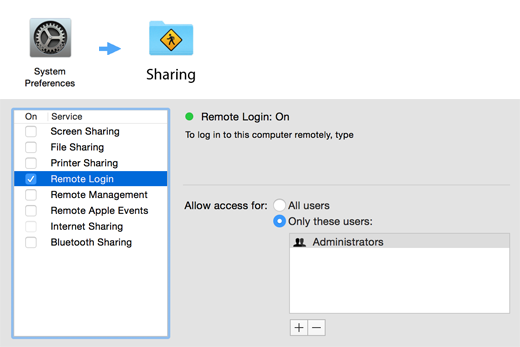The first requirement to uninstall Java on Mac OS – you should have administrator privileges.
Second – you shouldn’t be afraid to use terminal.
This method works fine for any version of Java – 8, 9, 10, 11, 12, 13 or any other version.


Solved: My Mac uses El Capitan operating system. When I try to open CS4 apps it says install Java Legacy SE6 Runtime File, and where do I find this? Originally released in 2015, El Capitan is the last version of Apple’s operating system designated as Mac OS X. Up until then, the operating system for Macs was known as OS X, but when Sierra (version 10.12) was introduced, Apple started calling it macOS to match the rest of its operating systems including iOS. Any idea whether the new Jave update (Version 8 Update 65) is a problem for Adobe CS users running El Capitan? I ran into issues when I installed the new OS but remedied them with some help from your post here and other forums.
Uninstalling Java on the Mac
- Click on Launchpad in the dock
- Search for Terminal and open it.
- Copy and paste commands to uninstall Java completely
If you want to remove a concrete version of Java, e.g. Java 9.0.1 you need:
Check what Java versions are available:
Remove the corresponding folder with that version:
That’s it! Java is successfully deleted.
The first requirement to uninstall Java on Mac OS – you should have administrator privileges.
Second – you shouldn’t be afraid to use terminal.
This method works fine for any version of Java – 8, 9, 10, 11, 12, 13 or any other version.
Java Download For Mac El Capitan
Uninstalling Java on the Mac
- Click on Launchpad in the dock
- Search for Terminal and open it.
- Copy and paste commands to uninstall Java completely
If you want to remove a concrete version of Java, e.g. Java 9.0.1 you need:
Check what Java versions are available:
Remove the corresponding folder with that version:

Java Se 6 Runtime Download For Mac El Capitan
That’s it! Java is successfully deleted.